Table of Contents
- How People Describe This Pain Pattern
- How You Activate and Intensify This Pain Pattern
- Self-Care – Getting Relief on Your Own
- Musculoskeletal Anatomy Behind Your Pain
- Therapy Notes for Massage and Bodywork
Want to skip ahead?
Here’s a link to my post about
getting relief on your own.
How People Describe This Pain Pattern
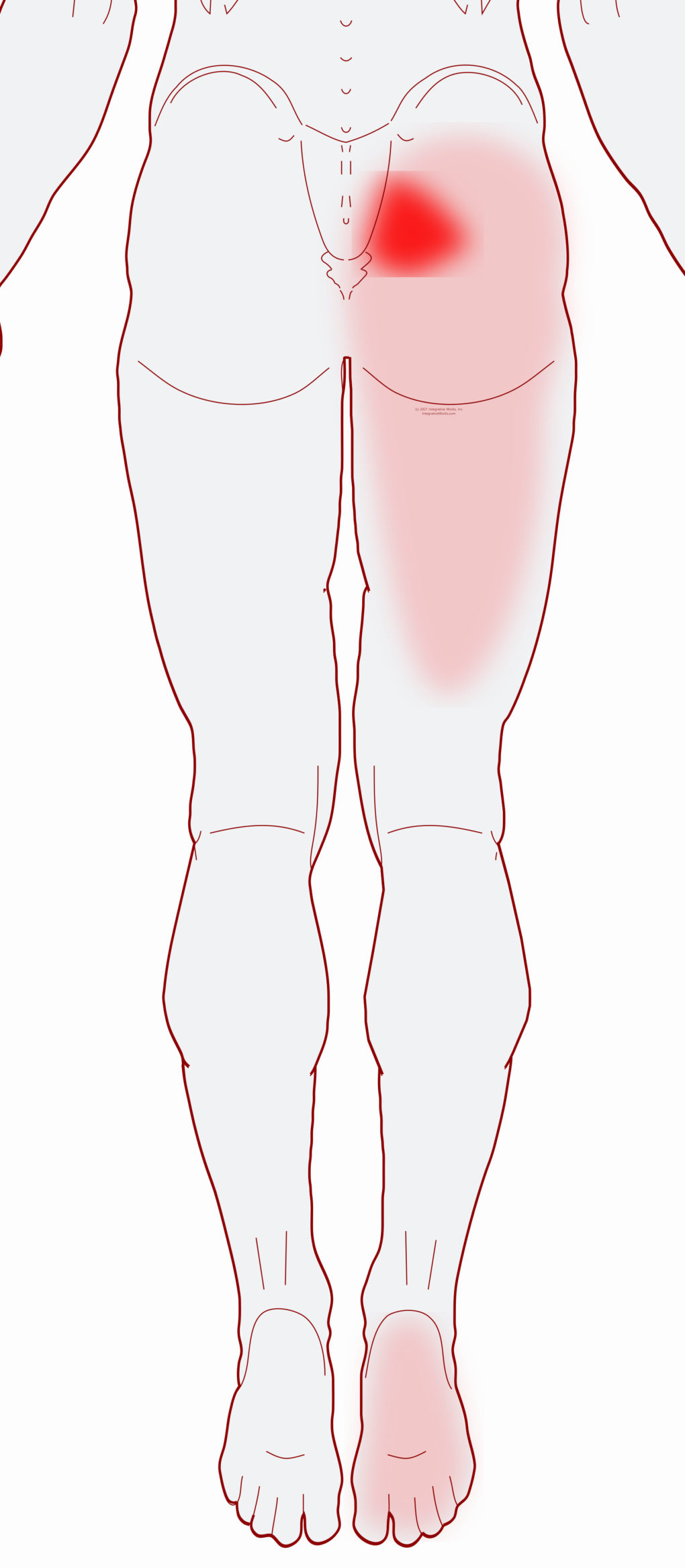
People complain of nagging or achy pain on the edge of their sacrum. When this is more intense it extends over the hip and down the leg. Even then, the focus of pain is usually at the edge of the sacrum. Occasionally, the pain is near the side of the hip. Many of them report that the aching hip bothers them at night.
Also, they often complain of foot problems. Usually, it tingles and feels like ants are crawling on the bottom of the foot. This isn’t really a trigger point referral. Instead, it reflects an anatomical deviation. This minority of people have a section of the sciatic nerve that passes through the piriformis muscle and gets compressed by taut muscle fibers.
Often, it bothers them when seated for long periods. These people tend to shift and squirm after a while.
This muscle wraps around some of the nerve openings in the sacrum. Because of that, people develop problems in their pelvic floor. When this is acute, they may complain of problems evacuating their bowels or urinating. Women may experience pain during intercourse and men may experience erectile dysfunction.
How You Activate and Intensify This Pain Pattern
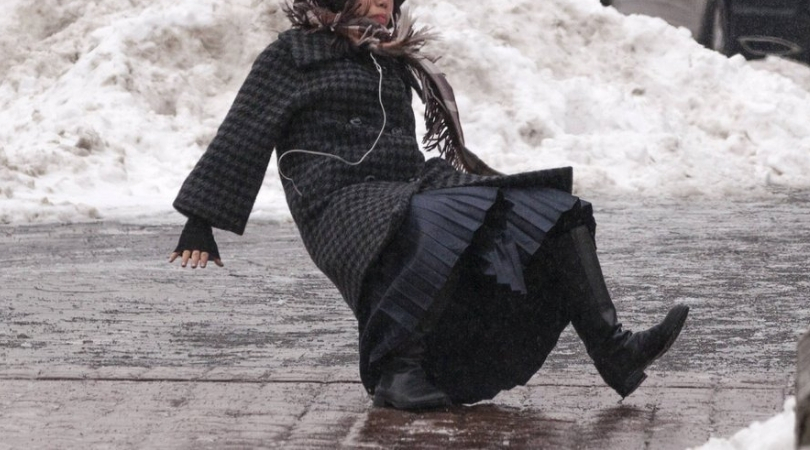
Near fall
The classic incident involves a fall or near fall. The near fall of slipping on the ice jerks and traumatizes this muscle. Often, patients cannot name an incident that caused this. But when they do, most often, it is the “near fall.”
Its a Hit
Next to a near fall, the most common cause is that the hip was struck. This might happen in a motor vehicle accident, a slip on the ice, or a fall off a chair. One patient was struck on the hip by a board while building a deck.
Sleep
Sleeping in a fetal position with your hips flexed and your knees together exacerbates this condition.
Other Factors
Many patients cannot name the incident of onset but speak of repetitive strain in their job or chores. Clinical notes on this muscle report that infections can aggravate and perpetuate this problem.
The Musculoskeletal Anatomy Behind Your Pain
Musculoskeletal Anatomy
Musculoskeletal Anatomy
This post on anatomy contains the standard information about origin, insertion, function, and innervation. It also includes information on functional considerations and anomalies. This is also the place to find all posts related to this muscle.
Getting Relief on Your Own
Clinically Proven
Self-Care Strategies
This post has strategies for getting relief on your own. Explore how to change your activities, stretch, and other strategies that relieve the pain associated with this trigger point.
Therapy Notes for Massage and Bodywork
Support Integrative Works to
stay independent
and produce great content.
You can subscribe to our community on Patreon. You will get links to free content and access to exclusive content not seen on this site. In addition, we will be posting anatomy illustrations, treatment notes, and sections from our manuals not found on this site. Thank you so much for being so supportive.
Cranio Cradle Cup
This mug has classic, colorful illustrations of the craniosacral system and vault hold #3. It makes a great gift and conversation piece.
Tony Preston has a practice in Atlanta, Georgia, where he sees clients. He has written materials and instructed classes since the mid-90s. This includes anatomy, trigger points, cranial, and neuromuscular.
Question? Comment? Typo?
integrativeworks@gmail.com
Interested in a session with Tony?
Call 404-226-1363
Follow us on Instagram

*This site is undergoing significant changes. We are reformatting and expanding the posts to make them easier to read. The result will also be more accessible and include more patterns with better self-care. Meanwhile, there may be formatting, content presentation, and readability inconsistencies. Until we get older posts updated, please excuse our mess.

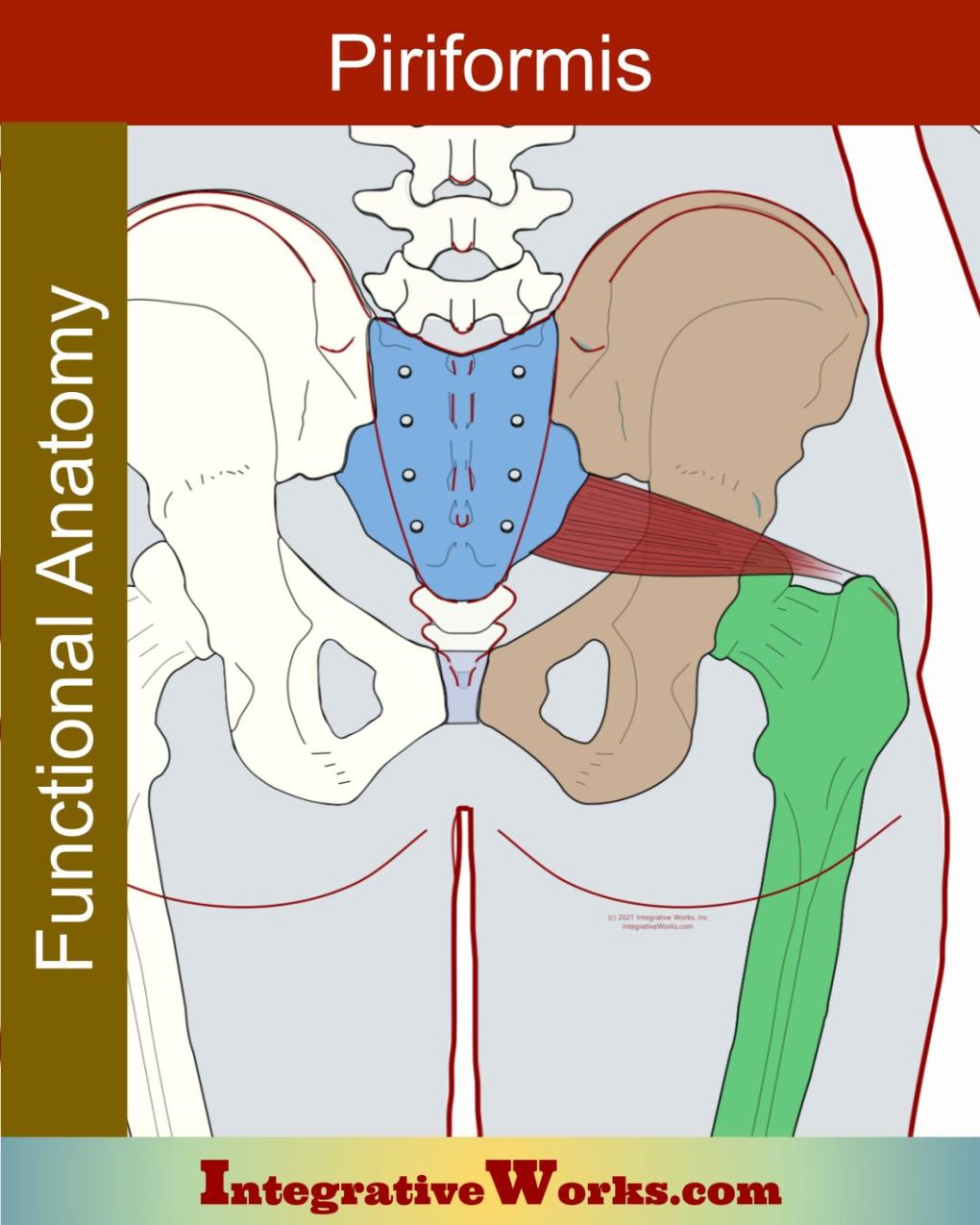
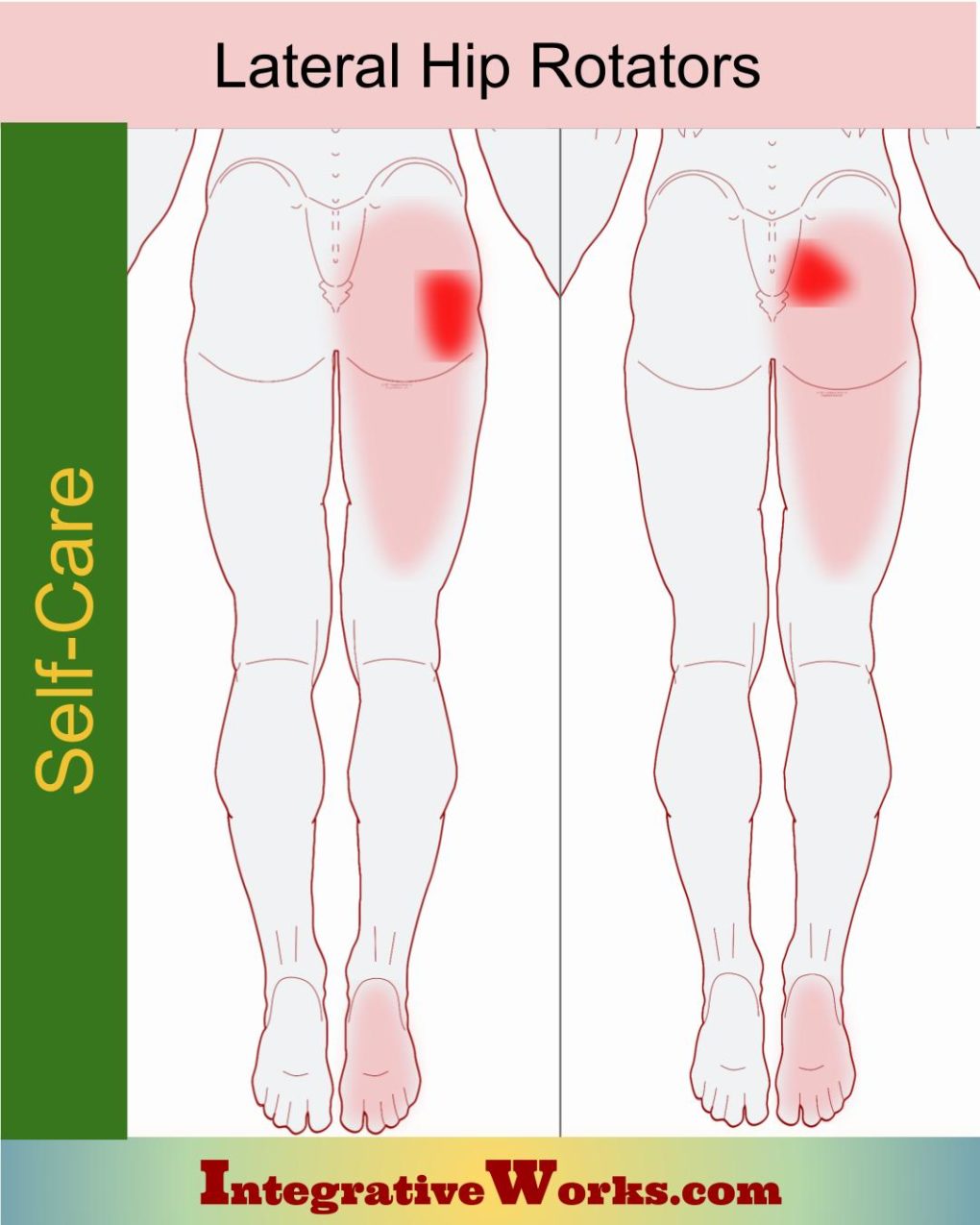
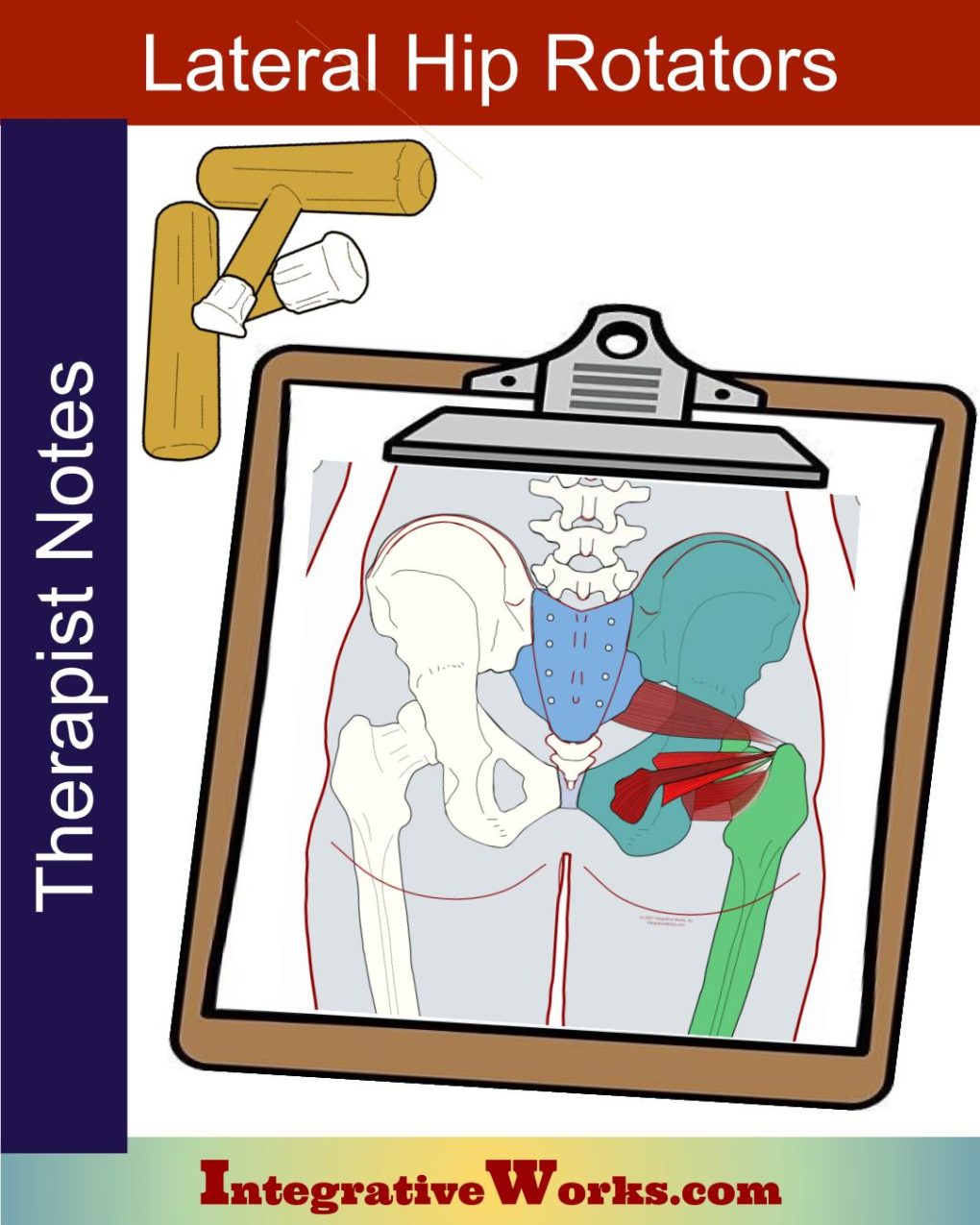

Pingback: Self-Care - Hip Rotators - Integrative Works